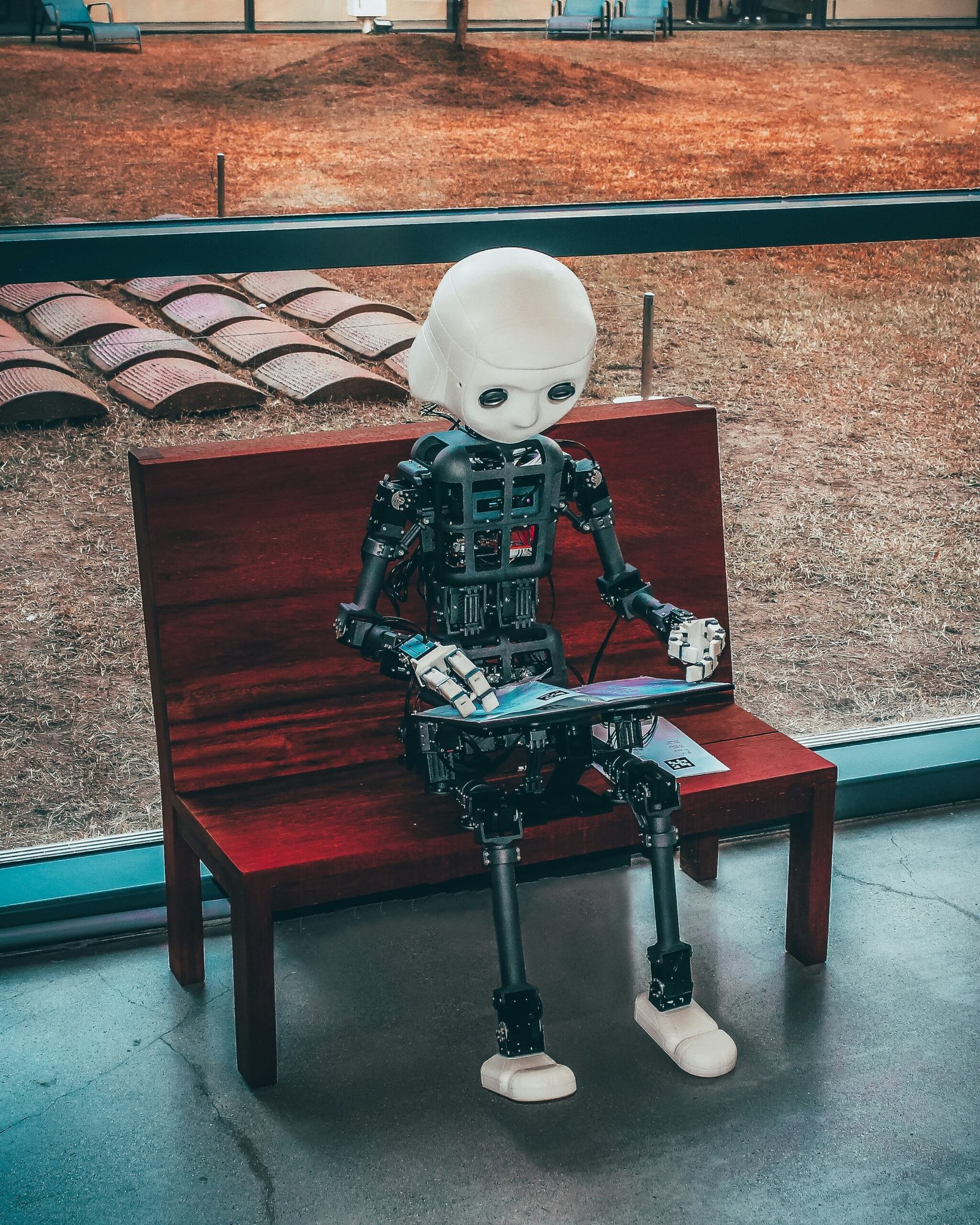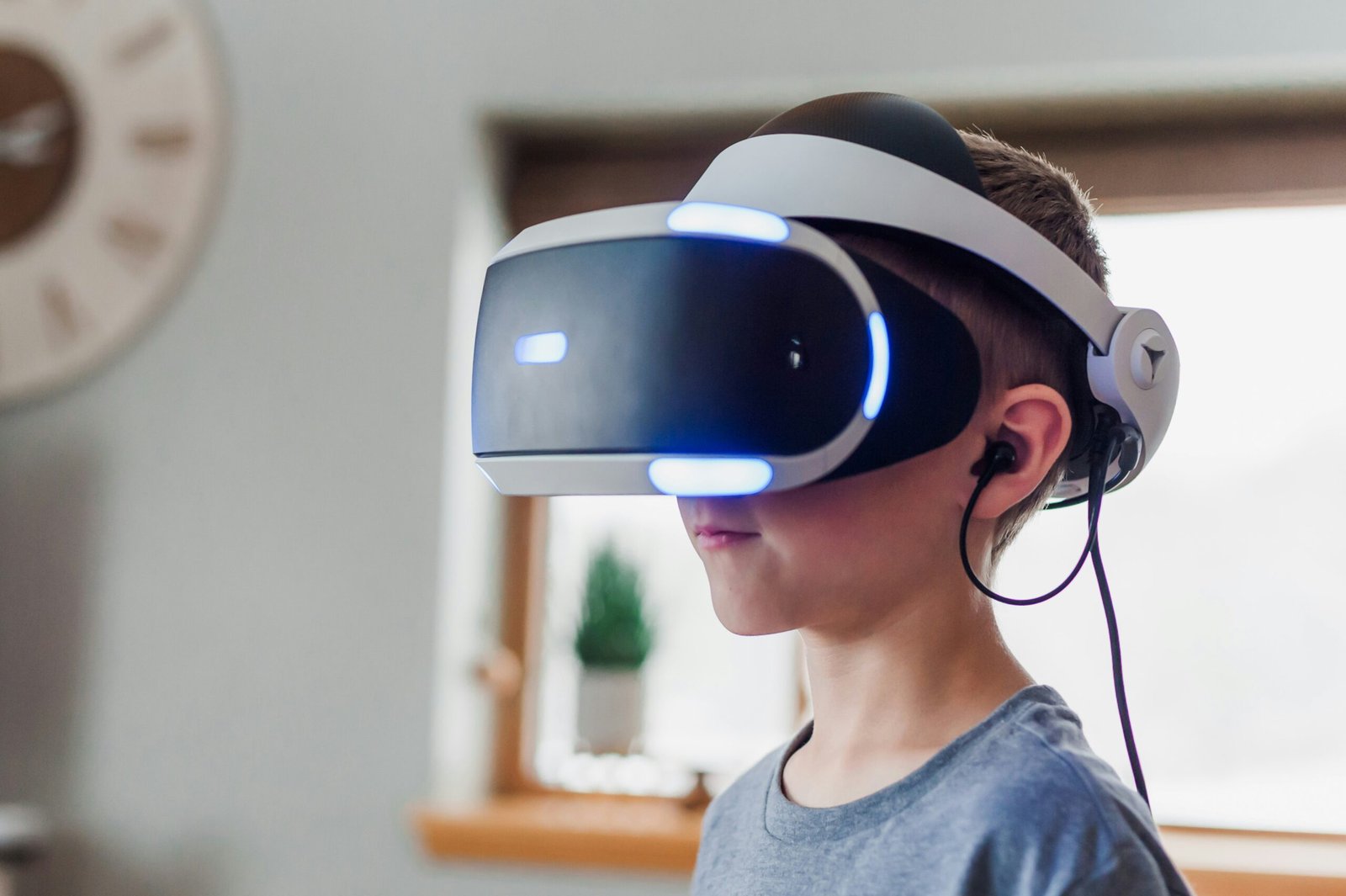In today’s digital age, user experience (UX) has become a crucial aspect of any successful website or application. Businesses are constantly striving to improve the way users interact with their products, and one way to achieve this is through the use of artificial intelligence (AI). AI-powered UX is revolutionizing the way we design and optimize user interactions, making them more intelligent and personalized.
The Role of AI in UX
AI has the ability to analyze vast amounts of data and make predictions based on patterns and user behavior. By leveraging this power, designers can create interfaces that adapt to individual users, providing them with a more tailored and engaging experience. AI can also automate repetitive tasks, freeing up designers to focus on more creative aspects of UX design.
One of the key areas where AI is making a significant impact is in personalization. By understanding user preferences, AI algorithms can deliver content and recommendations that are highly relevant to each individual. This not only enhances the user experience but also increases user satisfaction and engagement.
Intelligent Design: The Future of UX
Intelligent design is an emerging field that combines AI and UX principles to create interfaces that are intuitive, adaptive, and responsive. By incorporating AI into the design process, designers can create interfaces that learn from user interactions and adapt in real-time.
For example, AI-powered chatbots can understand and respond to user queries, providing instant support and guidance. These chatbots can learn from each interaction, improving their responses over time. This not only enhances the user experience but also reduces the need for human intervention, resulting in cost savings for businesses.
Intelligent design also enables interfaces to anticipate user needs. By analyzing user behavior and context, AI algorithms can predict what users are likely to do next and provide relevant suggestions or actions. This proactive approach to UX design enhances user satisfaction and streamlines the user journey.
Enhancing User Interactions with AI
AI-powered UX is transforming the way users interact with digital products. Here are some ways in which AI is enhancing user interactions:
1. Personalized Recommendations
AI algorithms can analyze user data and provide personalized recommendations based on individual preferences and behavior. Whether it’s suggesting relevant products, articles, or videos, personalized recommendations enhance the user experience by delivering content that is most likely to resonate with each user.
2. Natural Language Processing
Natural Language Processing (NLP) is a branch of AI that enables computers to understand and respond to human language. By incorporating NLP into UX design, interfaces can understand user queries and provide accurate and relevant responses. This improves the user experience by making interactions more natural and intuitive.
3. Intelligent Search
AI-powered search engines can understand user intent and deliver more accurate search results. By analyzing user behavior and context, search algorithms can provide relevant suggestions and refine search queries to ensure users find what they are looking for quickly and easily.
4. Voice User Interfaces
Voice user interfaces (VUIs) are becoming increasingly popular, thanks to advancements in AI and natural language processing. VUIs enable users to interact with devices and applications using voice commands, making interactions more convenient and hands-free. From virtual assistants to smart speakers, VUIs are revolutionizing the way we interact with technology.
The Future of AI-Powered UX
As AI continues to evolve, the potential for enhancing user interactions is limitless. The future of AI-powered UX holds exciting possibilities, including:
1. Emotion Recognition
AI algorithms that can recognize and respond to user emotions can create more empathetic and personalized user experiences. By understanding user emotions, interfaces can adapt their responses and interactions to better meet user needs and preferences.
2. Predictive Analytics
By leveraging AI and machine learning, interfaces can predict user behavior and preferences, allowing for even more personalized and anticipatory user experiences. Predictive analytics can help businesses optimize their products and services based on user insights, leading to increased customer satisfaction and loyalty.
3. Augmented Reality (AR) and Virtual Reality (VR)
AI-powered AR and VR experiences have the potential to revolutionize user interactions by creating immersive and interactive environments. From virtual shopping experiences to enhanced gaming, AR and VR can take user experiences to a whole new level.
In conclusion, AI-powered UX is transforming the way users interact with digital products. By leveraging the power of AI, designers can create interfaces that are intelligent, adaptive, and personalized. From personalized recommendations to voice user interfaces, AI is enhancing user interactions in ways that were once unimaginable. As AI continues to evolve, the future of AI-powered UX holds even more exciting possibilities, making it an essential aspect of modern design.












Leave a Reply